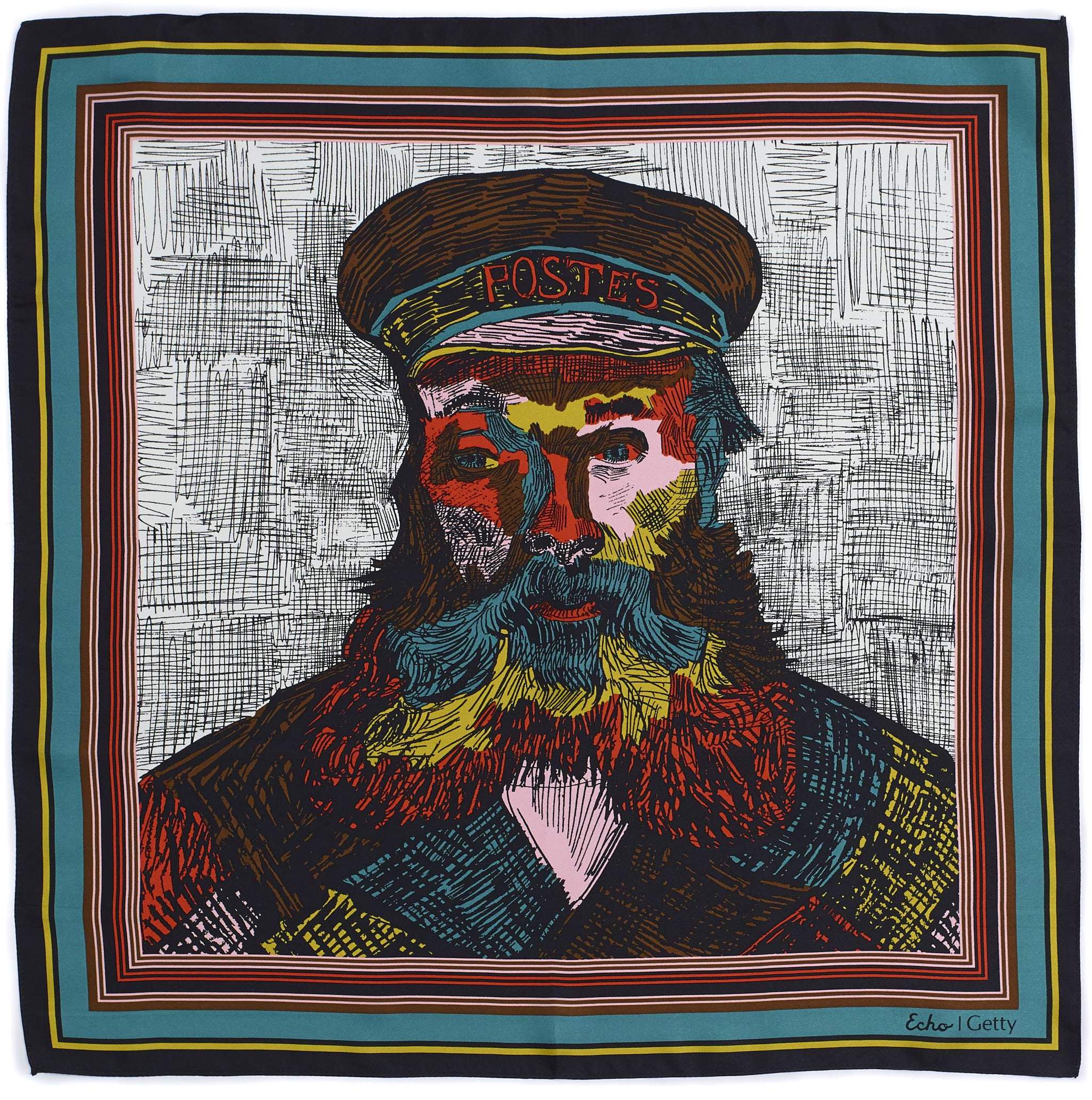Dec. 8 2021
Our Guide to Buying a Silk Scarf: Printing
The design of a silk scarf can range from a simple color gradient to a detailed replication of a painting, and the printing method has a large bearing on the precision and vibrancy of the design. We've broken down the most common printing methods: digital and screen printing.

Digital or Screen Printing?
There are two main ways a silk scarf gets its beautiful pattern. Screen printing, like the hand-rolled hem, is the traditional method. Colored dyes are added one at a time, usually by hand, using a screen that allows the dye to reach some areas of the scarf and not others. The most detailed scarfs can have upwards of 35 different colors, each requiring a unique engraved screen. The process is labor-intensive, but the vibrancy and uniqueness of screen-printed silks is unmistakable.
Digital printing is a newer technique that takes advantage of advances in printing technology. Artwork is processed on a computer and printed directly onto the product. Digital printing offers several advantages: In addition to being more cost-effective, it allows for extremely detailed patterns, as well as the precision to print on both sides of the scarf. Digital printing is also sometimes preferred on lighter colored material due to the thinner application of ink.
For help differentiating between real and fake silk, check out Our Guide to Buying a Silk Scarf: Real vs Fake Silk
For information on machine and hand-rolled hems, check out Our Guide to Buying a Silk Scarf: Hems

